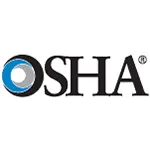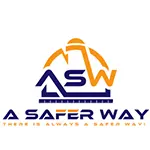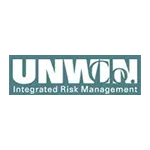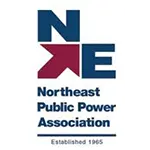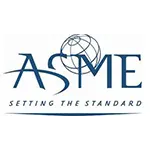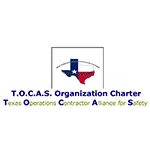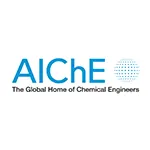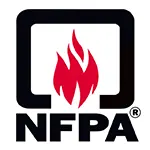Let us help you make sense of PSM / RMP!
My friend Brian Chapin will be offering an open-enrollment PSM/RMP class in Burleson, Texas, July 8th to 11th, 2025. Brian is an absolute pro in NH3 Refrigeration Process Safety. Anyone who attends will also get a FREE membership to SAFTENG. You can get more information on the class with this link.
CLICK HERE to Renew your Membership
CLICK HERE for a NEW Membership
CLICK HERE to see eligibility requirements for FREE Membership
If you have any questions, please contact m
SAFTENG has:
- Over 18,000 categorized unsafe acts/conditions and accident/injury photos
- Over 1,500 ppt's & doc's in the SAFTENG Library
- Over 4,000 Technical Articles on Process Safety, Emergency Response & OSH topics
- Over 450 videos (those not allowed on YouTube Channel)
Many THANKS to my NEW Members and those who CONTINUE to support SAFTENG:









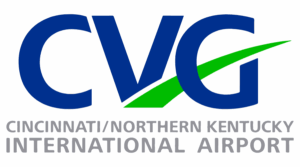

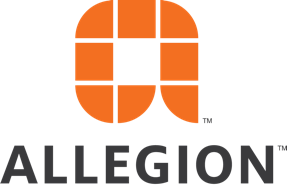
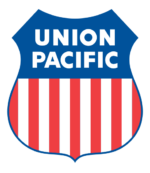

May 9, 2025
An HVAC technician uses a portable ladder to access a low slope roof 12 feet high. The ladder is secured to the building and is placed at a 4/1 angle. The side rails of the ladder extend three feet above the roof landing. The HVAC unit to be worked on is 25 feet from the edge of the roof. Question: When the employee steps onto the roof’s landing from the portable ladder, and while the employee...
Read More
May 9, 2025
OSHA standard at 29 CFR 1910.25(c)(4) applies to places of employment and requires standard stairs to have a minimum width of 22 inches (56 cm) between vertical barriers. OSHA does not consider a handrail to be a vertical barrier or obstruction to that required minimum width.
…
HomeRead More »
Read More
May 9, 2025
Background: You stated that your client must perform service and maintenance tasks that will require power in certain circumstances. Some of the tasks qualify for the minor servicing exception to 29 CFR §1910.147 standard. However, there are other tasks that are considered service and maintenance, but still require power. An example is setting up a machine for change over to a new product run. You...
Read More
May 8, 2025
What is purpose of the list of extremely hazardous substances in regards to the emergency planning requirements of EPCRA? The extremely hazardous substances list and its threshold planning quantities are intended to help communities focus on the substances and facilities of most immediate concern for emergency planning and response. However, while the list includes many of the chemicals...
Read More
May 8, 2025
Aqueous Film Forming Foam (AFFF), a substance commonly used by firefighters, contains ethanol, 2-(2-butoxyethoxy) which is categorized as a glycol ether. Glycol ethers meet the definition of hazardous substance in CERCLA 101(14) because they are hazardous air pollutants pursuant to 112(b) of the Clean Air Act. In 1990, the Clean Air Amendments added 47 individual hazardous air pollutants and five...
Read More
May 8, 2025
This once caught my eye after all the issues I have encountered with lame SDSs! Remember, these are the first line of information for responding agencies, and man, have they gone downhill over the years. With all the hype of how the GHS would improve the MSDSs of the old days, it has been a colossal disappointment. Now, the EPA has gotten onto the bandwagon regarding their accuracy… When submitting...
Read More
May 8, 2025
A facility has a spill of an extremely hazardous substance in an amount greater than its reportable quantity. The spill occurs on a concrete floor that is inside a facility building. Before the spill can be cleaned up, a portion (less than RQ) of the EHS enters the outside atmosphere through the window. Persons in off-site buildings report smelling the chemical. Does the facility owner/operator...
Read More
May 8, 2025
The notice required by section 304 of EPCRA is to be given by the owner or operator of a facility (by telephone, radio, or in person) immediately after the release of a CERCLA hazardous substance or of an EHS at or above the RQ. Notice is to be given to:
…
HomeRead More »
Read More
May 8, 2025
We often get this question during audits and PHAs, as it seems to be “common practice” for the driver to reside inside their cab doing paperwork while they are the intended “hazmat attendant”. And although it may not be perfectly clear under DOT regulations (I think it is clear there as well, but many will argue otherwise) I turn to my favorite code, the International Fire Code...
Read More
May 8, 2025
Yes, hazardous chemicals present at rail yards are subject to EPCRA Sections 311 and 312, if they are NOT stored incident to transportation and they are present at the rail yard in amounts equal to or in excess of the minimum thresholds in 40 CFR 370.10(a). As explained in the answer to the question “are hazardous chemicals in transportation subject to EPCRA 311/312,” the Section 327 exemption for...
Read More
May 8, 2025
The risk management program in 40 CFR Part 68 requires facilities to conduct an off-site consequence analysis (OCA) to provide information to state, local, and federal governments and the public about the potential consequences of an accidental chemical release. When does a facility need to revise its OCA?
…
HomeRead More »
Read More
May 8, 2025
When using RMP*Comp to conduct an offsite consequence analysis (OCA), a facility must specify the quantity released. What quantity should be entered for a regulated toxic substance in an aqueous solution, the total quantity of the aqueous solution or just the quantity of the toxic substance?
…
HomeRead More »
Read More

